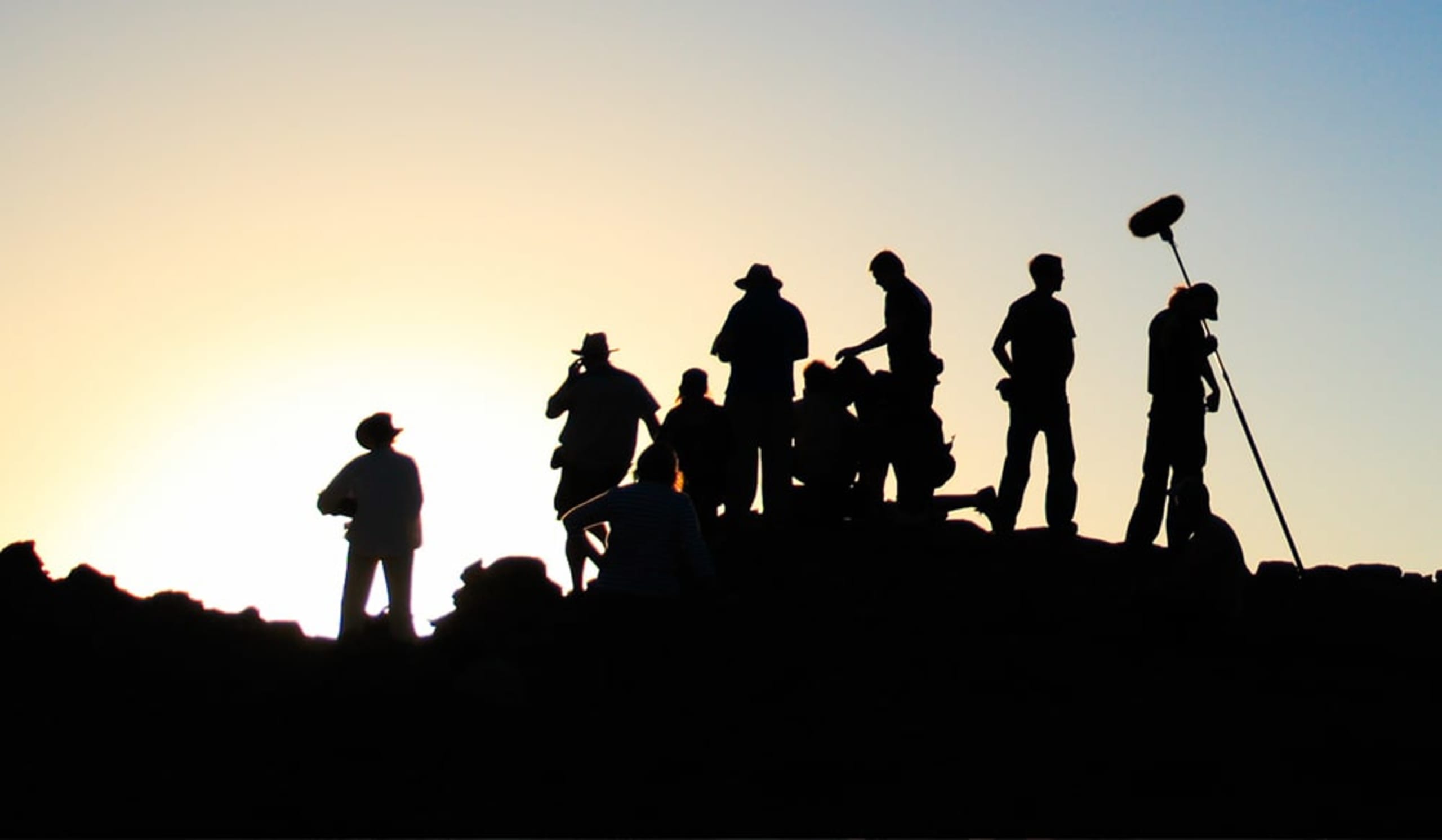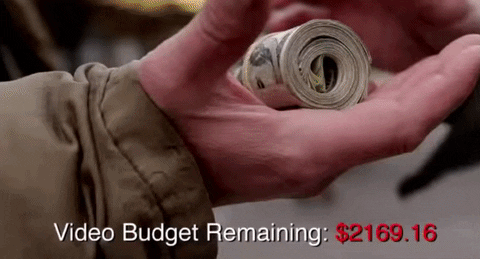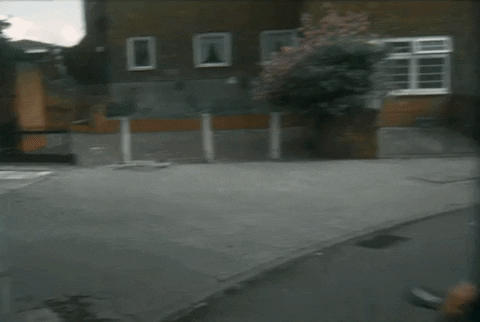
Until recently, a commercial production shoot meant big budgets, dozens of crew members, trucks full of lighting and camera equipment, extravagant spreads made lovingly by craft services, blocked-off streets, safety officers and long days. We’re talking 10 to 14 hours with call and wrap times that would make even the earliest early birds and the nightiest night owls cringe. However, as digital – and especially social – media creeps deeper and deeper into all aspects of our lives, its influence has not been lost on photo and video production. To be clear, all the conditions mentioned above exist in many circumstances on projects still in production, but today’s topic is the latest mutation birthed from the fertile belly of advertising: The Content Production Team.
Changes in production roles
Gone are the simple times. See: “the time before your mom got a Facebook page” or the infancy of Instagram, when your entire feed consisted exclusively of mirror selfies and gratuitous bubble tea photos. Now, when we log in with our morning coffees, we’re no longer just checking in on our friends or our ex’s new girlfriend. Instead, we are dialing in to what’s happening, trending and changing in society worldwide. Social media has fully integrated and continues to evolve. In that evolution, brands are finding their places and their enthusiastic followings outside the longstanding print and television ad-verses. Of course, with such a significant change comes subsequent challenges and maybe even some benefits.
Content production process
Generally speaking, a photo or video still needs to be thoughtful and pleasing to look at. You may have noticed we’re not as patient as we used to be. Videos will need to get to the point in around 15 seconds or less. In our haste, we’re also not wasting much time investigating. Photos need to appear in our feed with regularity so our shortsighted little brains can readily correlate a punchy aesthetic with a favorite brand. The amount of content necessary to yield fruitful engagement is staggering, especially when those pesky algorithms get involved. On the bright side, we’re not expecting the mammoth advertising campaigns of our youth in every post. Our feeds are personal. We’ve spent lots of time vetting and curating, and we usually respond best to coolly organic content, free of excessive staging and fussy details, that could’ve just as easily come from a friend.
With these factors in mind, some changes to how we set about digital content production were inevitable.

Budgets reallocated
Bye, bye, delicious miniature charcuterie boards and bicoastal directors. The steady appetite of the social media beast means we cut the fat and extravagances of the big shoots. Funds go toward a skeleton crew shooting often and churning out multiple assets, rather than a large crew shooting a single tv spot over the course of multiple days.
Crew reduced
Alas, yes, we’ve lost some of the amazing video and photo production roles that make our industry so enchanting and eclectic. On a typical social or web content shoot, we may see a crew of three to six members. In this new configuration, production crew duties and responsibilities are often combined and new hybrid roles have materialized. Enter the photographer/videographer, hair/makeup/wardrobe person, social media strategist/art director, digitech/video editor and, my personal favorite, the content producer/production designer. Not only are these hybrids allowing for fewer bodies, the feverish pace of social content creation has also proven some roles aren’t always necessary. We can move on without assistant directors and safety officers because smaller crews can communicate and police themselves more easily, moving more nimbly through resets and location changes.

Equipment updates
You can shoot a movie on an iPhone. I think it goes without saying that advances in tech have played a big part in the streamlining of the new crew. Cameras, like crew members, can now have multiple functions – shifting seamlessly from photo to video without loss in quality. Equipment for lighting has been revolutionized recently by the introduction of LEDs. Each light is less expensive, easier to transport and considerably more straightforward to operate. With less equipment and less hands involved in operating it, we move more quickly and affordably.
Production goes 9 to 5
In the past, the majority of production crews, especially the big players, were hired on contract. This meant hefty day rates and a push to stretch a day as far as it could go. But with content requests coming in daily, it’s impossible to keep up with freelance workers. A giant leap in this evolution story we’ve been talking about has occurred. Agencies and brands are moving to teams housed internally. This means producers, directors, photographers and many of the supporting roles are now on payroll. In a not-so-surprising twist, content is enriched, and schedules are made more fruitful by these members of the team being paid to focus exclusively on a set portfolio of clients and to work side by side on a daily basis with in-house creative teams. You won’t see as many 10- and 12-hour bender days (though there are still some) because the workflow can now be anticipated and digested in healthy bite-sized portions.

Because changes in media trends happen so quickly now, it’s a wonderful advantage to have skilled production workers and adaptable equipment at an agency’s disposal to explore new ideas and approaches. Without a doubt, the struggle to overcome the many challenges set by the ongoing pandemic would be much more mountainous and a lot less mole-hilly, were it not for these new teams. Restricted gatherings, limited exposure and remote communications are like a keyhole we were unwittingly sent to unlock. A new pace is set, and content production crews don’t even bat an eye at the laundry lists of content requests coming in. We’ve evolved. We work together in a new way, and we produce at a standard and speed previously unheard of… all without a mini charcuterie board in sight... unfortunately.
Liked what you read? Discover how Doe-Anderson Content Production can bring your ideas to life.
)
)